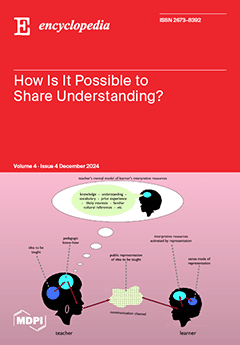The central nervous system (CNS) relies on precise regulation of potassium ion (K
+) concentrations to maintain physiology. This regulation involves complex cellular and molecular mechanisms that work in concert to regulate both intracellular and extracellular K
+ levels. Inflammation, a key
[...] Read more.
The central nervous system (CNS) relies on precise regulation of potassium ion (K
+) concentrations to maintain physiology. This regulation involves complex cellular and molecular mechanisms that work in concert to regulate both intracellular and extracellular K
+ levels. Inflammation, a key physiological response, encompasses a series of cell-specific events leading to inflammasome activation. Perturbations in K
+-sensitive processes can result in either chronic or uncontrolled inflammation, highlighting the intricate relationship between K
+ homeostasis and inflammatory signalling. This review explores molecular targets that influence K
+ homeostasis and have been implicated in inflammatory cascades, offering potential therapeutic avenues for managing inflammation. We examine both cell-specific and common molecular targets across different cell types, providing a comprehensive overview of the interplay between K
+ regulation and inflammation in the CNS. By elucidating these mechanisms, we identify leads for drug discovery programmes aimed at modulating inflammatory responses. Additionally, we highlight potential consequences of targeting individual molecular entities for therapeutic purposes, emphasizing the need for a nuanced approach in developing anti-inflammatory strategies. This review considers current knowledge on K
+-sensitive inflammatory processes within the CNS, offering critical insights into the molecular underpinnings of inflammation and potential therapeutic interventions. Our findings underscore the importance of considering K
+ homeostasis in the development of targeted therapies for inflammatory conditions within the CNS.
Full article



